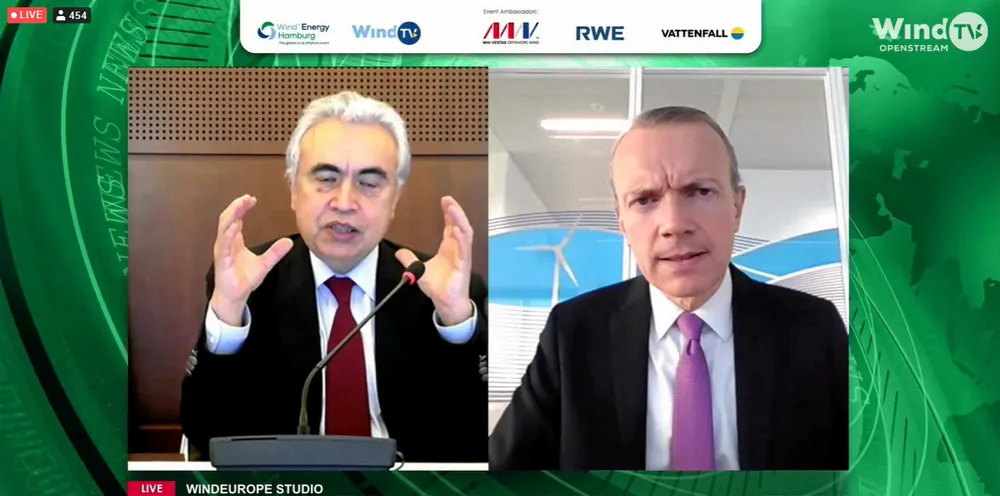IEA: Fall in offshore wind costs may be steeper than seen in solar, but European OEMs could lose out to Chinese
International Energy Agency boss Fatih Birol tells digital event that he expects massive price reductions in offshore wind, but that the pioneering European manufacturers will face growing competition from Asia
